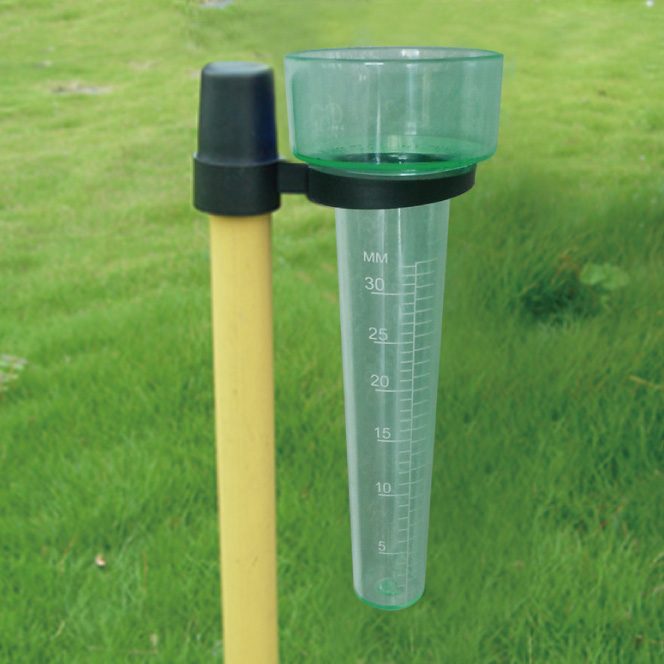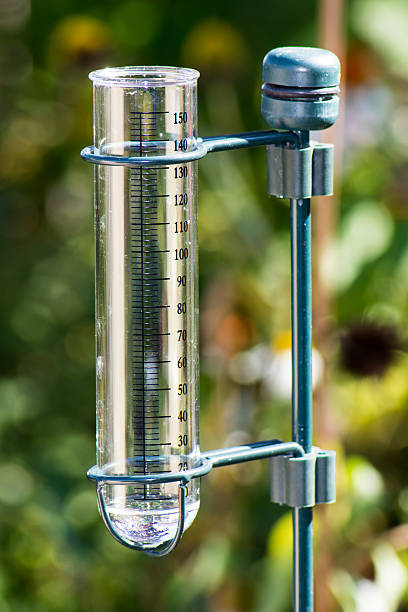Mastering the Science Behind The Rain Gauge: Insights and Innovations Unveiled
Wiki Article
Comprehending Rain Scale Dimensions: A Full Overview
Understanding Rainfall Gauge Dimensions: A Total Overview is a detailed source for anybody looking for a deeper understanding of rainfall scale measurements. Whether you are a specialist in the area or merely have a curiosity concerning rainfall measurement, this overview will outfit you with the expertise required to properly use rainfall scale measurements.The Importance of Rainfall Gauge Measurements
The significance of rainfall scale dimensions hinges on their duty as a crucial device for properly examining and keeping an eye on precipitation levels - The Rain Gauge. Rainfall gauge dimensions give valuable information that helps hydrologists and meteorologists comprehend patterns and patterns in rains, which consequently aids in different fields such as farming, water resource monitoring, and climate study
Accurate rains dimensions are necessary for agriculture as they aid in identifying irrigation needs, crop development, and return forecasts. Farmers rely upon this details to make enlightened choices about when to water their crops, protecting against water wastefulness and guaranteeing ideal crop health and wellness. Additionally, rainfall data assists in assessing the effect of droughts or excessive rainfall on crop manufacturing, enabling farmers to take ideal measures to decrease losses.
Water source monitoring greatly depends on rainfall scale measurements to figure out the amount of water offered in lakes, reservoirs, and rivers. Accurate measurements allow water managers to make informed choices concerning water allotment and distribution, guaranteeing sustainable use and avoiding lacks. This information is particularly important in areas where water shortage is a pressing problem.
Additionally, rainfall scale measurements play an important duty in environment research. By precisely measuring rainfall over prolonged durations, scientists can evaluate long-term environment patterns and determine adjustments in rainfall patterns due to climate change. This information helps policymakers and researchers develop strategies to adjust to and minimize the effects of environment adjustment.
Sorts Of Rainfall Gauges
There are various kinds of rainfall evaluates used to measure precipitation accurately. Each kind has its very own benefits and limitations, making them suitable for various objectives and environments.The most usual sort of rain gauge is the standard cylindrical scale. It is composed of a round container with a broad funnel-shaped top to gather rain (The Rain Gauge). The water is after that channelled into a graduated measuring tube, allowing for exact dimension of the quantity of rainfall
One more type is the considering rainfall gauge. Evaluating rain evaluates are particularly beneficial in areas with icy precipitation or heavy rains, as they are not influenced by splashing or evaporation.
Tipping bucket rainfall determines employ a mechanism that suggestions a tiny container each time it gathers a certain quantity of rainwater. The number of pointers is taped and utilized to determine the rainfall. This kind of scale is typically utilized in automated weather condition terminals due to its low maintenance requirements and capacity to provide real-time information.
Ultimately, there are radar-based rainfall evaluates that usage radar modern technology to estimate rainfall. These gauges determine the intensity of rainfall in a particular location by evaluating the shown radar signals. They are particularly helpful for gauging precipitation over large locations or in remote locations.
Exactly How Rainfall Scale Measurements Work
Rainfall gauge dimensions are based on the concept of accumulating and determining the quantity of precipitation. These instruments are created to catch rainwater and supply a precise measurement of the rainfall in a specific area.One of the most common sort of rain gauge is the common cylindrical gauge. It contains a cylindrical container with a wide opening at the leading to gather rainwater. The gathered water is then channelled right into a gauging tube, which is adjusted to give the measurement in systems of size, usually millimeters or inches.
An additional type of rain gauge is the tipping bucket gauge. It makes use of a seesaw-like device with two buckets that tip when they reach a particular weight limit. Each suggestion of the bucket stands for a details quantity of rainfall, permitting other precise measurements.
Some sophisticated rainfall assesses are equipped with digital sensing units that instantly document and transfer information. These sensors use various modern technologies such as ultrasound or laser to measure the amount of rainfall precisely.
Factors Impacting Rainfall Scale Precision
Variables that can affect the precision of rainfall gauge measurements consist of different ecological and operational variables. Ecological aspects such as wind, temperature, and air pressure can significantly affect the precision of rainfall gauge measurements. Solid winds can cause the rainfall scale to tilt or relocate, leading to imprecise analyses. In a similar way, severe temperatures can create evaporation or cold of the accumulated rainwater, leading to altered dimensions. Adjustments in air pressure can additionally affect the accuracy of rain scale measurements, as they can modify the price at which rains is accumulated.Operational variables, Click Here on the other hand, describe elements associated with the design, setup, and maintenance of the rainfall scale. The placement of the rainfall scale in a location with blocked air movement or near buildings or trees can bring about inaccurate readings because of blockage or splattering of rains. Moreover, incorrect calibration or uneven upkeep of the rain scale can additionally influence its accuracy.
To guarantee the precision of rain gauge dimensions, it is vital to consider these elements and take suitable measures. This may entail selecting an ideal place for the rainfall scale, ensuring proper installation and maintenance, and frequently adjusting the instrument. By addressing these variables, trusted and precise rainfall dimensions can be obtained, which are essential for numerous applications such as weather projecting, hydrological researches, and agriculture.
Tips for Precisely Measuring Rain
To make sure precise rainfall dimensions, it is critical to implement specific strategies and strategies when using a rainfall scale. Below are some ideas for properly determining rainfall:Proper Positioning: Position the rainfall gauge in an open location, far from trees, buildings, and other obstructions that might interfere with the rains collection. It needs to be positioned visit their website on a level surface area to avoid water pooling or runoff.

Check Out the Scale Appropriately: When taking dimensions, reviewed the water degree at eye degree from all-time low of the meniscus. Avoid parallax mistakes by straightening your view straight with the water level.
Constant Time Period: Set a constant time period for gauging rainfall, such as every 24 hours or after each rains event. This makes certain accurate tracking and contrast of precipitation information.
Record Measurements Immediately: Tape-record rains measurements immediately after collection to stop evaporation or splilling. Utilize a rain scale with a built-in data logging function for automatic recording.
Conclusion
In conclusion, understanding rain scale dimensions is crucial for accurately gauging rainfall. It is essential to consider elements that can affect the precision of rain scale measurements, such as dissipation, wind, and positioning.Recognizing Rainfall Gauge Dimensions: A Complete Guide is a comprehensive resource for anyone looking for a deeper understanding of rain scale dimensions. Whether you are an expert in the area or merely have an interest concerning rainfall dimension, this guide will certainly furnish you with the expertise needed to effectively use rain scale measurements.
The most usual type of rainfall gauge is the standard round gauge.The most typical kind of rain scale is the typical round scale.An additional type of rain scale is the tipping container gauge.
Report this wiki page